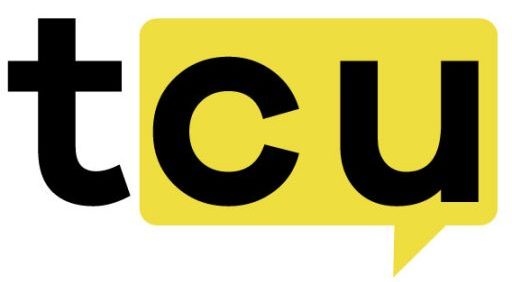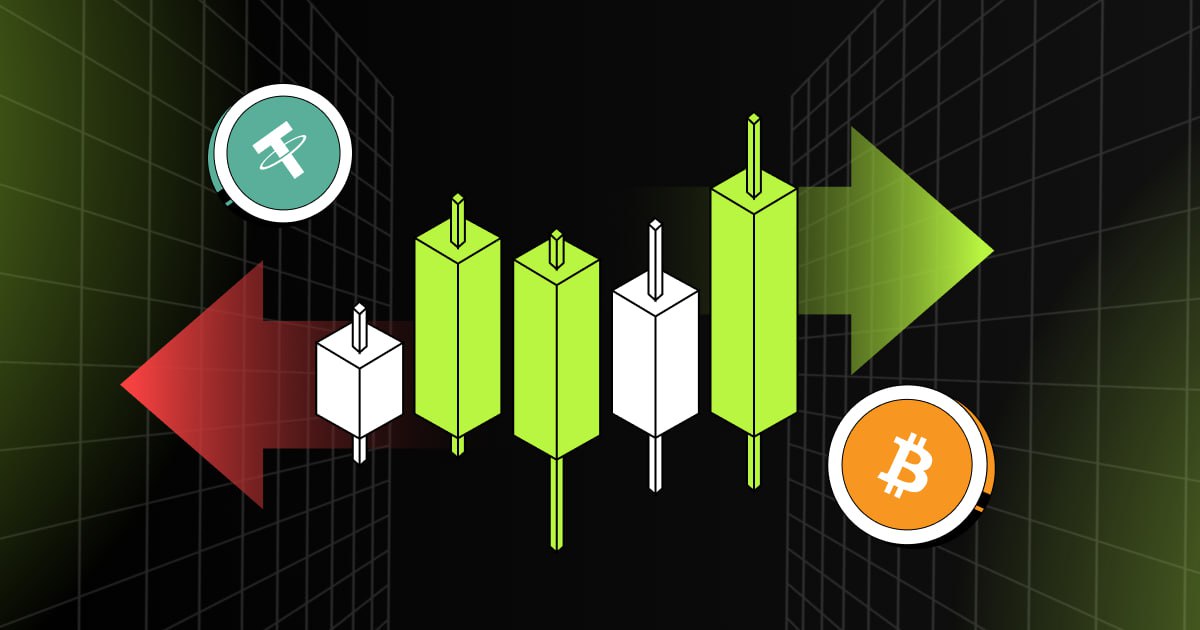Introduction
Futures trading has become one of the most popular methods for speculating on global markets. By using standardized contracts to buy or sell assets at a set price on a future date, traders can profit from both rising and falling markets. In 2025, futures trading strategy selection is more important than ever. With the rise of crypto futures trading, bitcoin has emerged as the primary underlying asset for many crypto futures products. Bitcoin futures allow traders to speculate on or hedge against the future price of bitcoin, making them a key investment product in the cryptocurrency market. These products are traded within the broader cryptocurrency market, where transparency and sophisticated trading strategies are essential. Bitcoin futures are used by both traders and investment companies as part of broader investment strategies. With perpetual contracts and 24/7 markets, traders must combine traditional approaches with modern tools to succeed.
What Are Futures Trading Strategies?
A futures trading strategy is a structured method for entering and exiting futures positions with consistent rules. These strategies reduce emotional decision-making, manage risk, and provide traders with measurable performance benchmarks. Each strategy is designed to meet specific investment objectives. Effective futures strategies include both long-term and short-term approaches, with techniques ranging from trend following to scalping and event-driven trading.
Developing and executing these strategies requires the use of accurate information and data to inform decision-making and optimize results.
Key Futures Trading Strategies Explained
Trend Following
Trend following strategies seek to capture extended moves in the market. Traders use moving averages, trendlines, or momentum indicators to confirm direction. When price aligns with indicator signals, positions are held until the trend weakens. Trend following works best in sustained markets but requires stop-loss orders to control risk during sudden reversals.
Breakout Trading
Breakout trading takes advantage of price movement when it breaks through established support or resistance levels. Strong volume and order flow often confirm a valid breakout. While profitable, breakout trading can produce false signals, so traders often combine it with technical indicators to avoid whipsaws.
Pullback / Mean Reversion
A pullback strategy enters trades when the price temporarily moves against the prevailing trend. For example, in an uptrend, a dip to a support zone can offer a buying opportunity. Mean reversion assumes that prices return to an average level, making this approach effective in volatile markets.
Spread Trading
Spread trading profits from price differences between two related futures contracts. Common examples include calendar spreads and inter-market spreads. These strategies reduce exposure to outright directional risk but require in-depth knowledge of correlations and depth of market data. Spread trading can also improve efficiency by optimizing capital allocation and reducing unnecessary risk.
Scalping and Momentum Trading
Scalping aims for multiple small profits throughout the day, and these frequent trades can compound to generate significant returns over time by exploiting rapid price fluctuations. Scalping strategies require traders to execute trades at multiple times during the trading session to capitalize on short-term price movements. Momentum trading, on the other hand, focuses on sharp directional moves when momentum indicators align with volume spikes. Both require fast execution and constant monitoring of order flow.
Event-Driven Trading
Event-driven strategies are based on economic announcements, corporate earnings, or regulatory updates. Traders attempt to capture volatility triggered by news, as these events can have a significant impact on futures prices and trading outcomes. While profitable, this strategy is high risk and demands careful position sizing.
Day Trading Futures: Best Practices
Day trading futures requires agility and discipline. Effective practices include:
- Trading shorter timeframes such as 1-minute to 15-minute charts, and selecting the appropriate timeframe for your strategy.
- Avoiding the first 30 minutes after market open due to unstable volatility.
- Using bracket orders to define entry, stop-loss, and profit targets in advance.
- Monitoring trading psychology to prevent emotional trades.
- Keeping a trading journal for self-review.
Before starting to trade, traders should complete all necessary platform setup and verification steps.
Crypto Futures Trading Specifics
Crypto futures bring unique challenges compared to traditional markets. They trade 24/7, often as perpetual futures, with no expiry dates. Bitcoin futures are among the most traded crypto derivatives, offering regulated exposure to bitcoin price movements. This constant activity creates both opportunity and higher liquidation risk.
Key considerations:
- Monitor funding rates that balance long and short positions.
- Understand the costs associated with trading crypto futures, including fees and funding rates.
- Use lower leverage to minimize forced liquidations.
- Track liquidity patterns across different exchanges.
- Apply strategies like range trading during sideways conditions or trend following in strong markets.
Building a Robust Trading Plan
A futures trading strategy is only as good as the plan that supports it. Before finalizing your plan, take time to learn about different strategies and market conditions. A trading plan should include:
- Entry and exit criteria based on chosen strategy.
- Defined stop-loss orders and risk per trade.
- Position sizing rules that scale with account balance.
- A written journal for backtesting and continuous improvement.
A well-structured trading plan serves as a roadmap for consistent and disciplined trading.
Risk Management Essentials
Risk management is the backbone of profitable futures trading, and it is essential to protect trading capital from large drawdowns. Traders should:
- Never risk more than 1–2% of account equity on a single trade.
- Diversify across contracts and markets; different assets and strategies should be considered to reduce overall portfolio risk.
- Use take-profit orders to lock in gains.
- Avoid over-leverage that leads to margin calls.
- Remain disciplined even in volatile markets.
Platform Features & Comparison Table
Each platform offers a range of products and services tailored to different trading needs, including futures, analytical tools, and user support features.
| Platform | Key Features | Strengths | Limitations |
| NinjaTrader | Charting, backtesting, automation | Broad adoption, customizable tools | Requires add-ons for advanced use |
| Kraken Futures | Crypto futures & perpetual trading | Regulated, strong liquidity in crypto pairs | Limited traditional futures |
| Bybit | Perpetual contracts, high leverage | Popular among crypto traders, fast execution | Higher liquidation risk |
| KuCoin | User-friendly crypto futures access | Multiple assets, retail focus | Weaker analytics depth |
| Bitunix | Analytics, automation, mobile/web UX, risk tools, and Bitunix Earn integration | Balances advanced futures trading with accessible design | Still scaling global adoption |
Bitunix offers traders a blend of advanced analytics, flexible automation, and robust risk controls. Bitunix is committed to security, implementing advanced security measures to protect user accounts from unauthorized access and online attacks. Its mobile and web interfaces make monitoring positions simple in fast-moving crypto markets. Additionally, Bitunix Earn provides passive income opportunities, complementing active trading with long-term yield generation. Taking specific user actions, such as enabling two-factor authentication, can further enhance account security on the platform.
FAQs
What strategy suits beginners best in futures trading?
Trend following and breakout trading are the most beginner-friendly strategies. They rely on clear indicators and are easier to practice with strict stop-loss rules.
How to manage risk in volatile crypto futures?
Use smaller position sizes, conservative leverage, and stop-loss orders. Avoid over-trading and always monitor funding rates.
Are breakout or trend following strategies more profitable?
Profitability depends on market conditions. Breakout trading works best in high-volatility moves, while trend following excels in steady directional markets.
What tools should traders look for on futures platforms?
Key tools include real-time analytics, automation, technical indicators, and depth of market data. Mobile and web interfaces improve accessibility.
How does Bitunix enhance futures trading success?
Bitunix provides advanced analytics, automation, risk management tools, and seamless mobile/web platforms. Traders can also diversify their portfolio through Bitunix Earn, balancing active trading with passive yield.
What should I do if I am blocked from accessing a trading platform?
If you are blocked from accessing a trading platform, it could be due to security measures, regional restrictions, or account verification issues. Check your internet connection, clear your browser cache, and ensure your account details are correct. If the problem persists, contact the platform’s support team for assistance.
What is the second largest cryptocurrency and how does it compare to Bitcoin futures?
The second largest cryptocurrency by market capitalization is Ethereum. Ethereum plays a key role in blockchain ecosystems and is widely used in DeFi applications. Ethereum futures allow traders to speculate on its price movements, similar to Bitcoin futures, but may offer different volatility and trading opportunities.
Conclusion
Mastering futures trading strategies is essential for consistent results in 2025. From trend following to scalping and crypto-specific approaches, traders must pair strategies with strong risk management and disciplined trading plans. Choosing the right platform is equally critical. With advanced analytics, flexible automation, and risk-focused tools, Bitunix is positioned as a leading choice for futures traders who want to succeed in both traditional and crypto markets.
![]()


